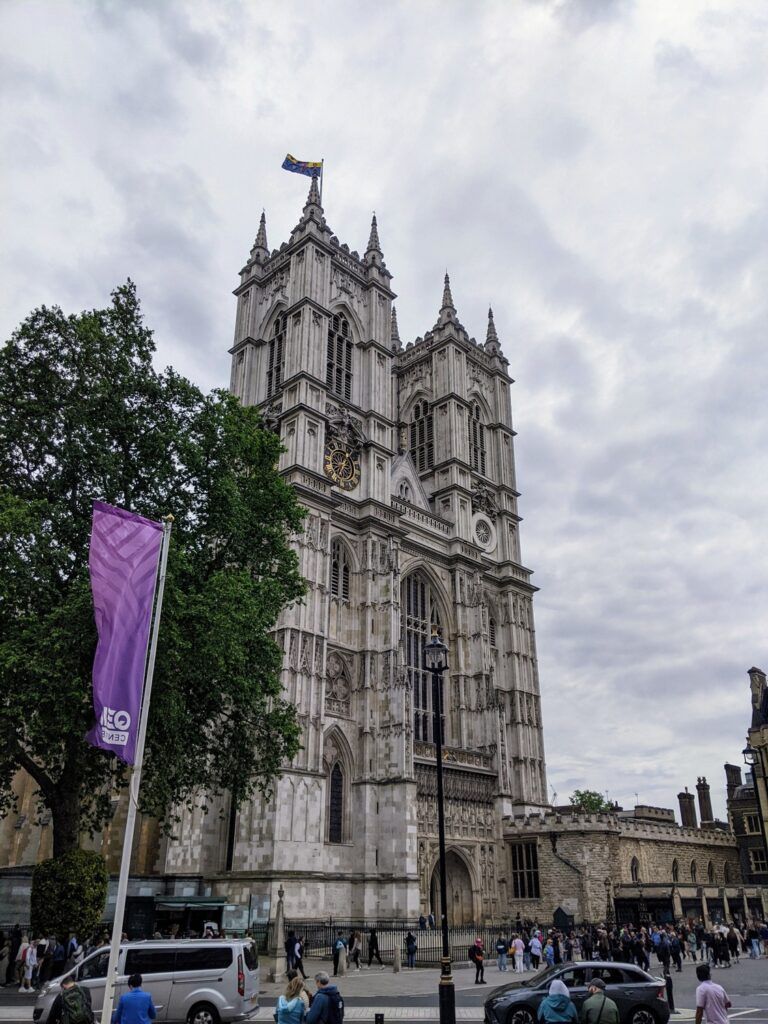Day 1 - West Minster
Start the day with a walking tour that gives you a nice history & geography of the city of London.
Many of the royal palaces and crown-related buildings are in the city of “Westminster” which is next door to the City of London.



Then head to the British Museum. Like most government-owned museums, it is free to access. However, I would recommend booking a reservation in advance. Rick Steves has a nice audio guide on touring the British Museum that I would recommend.


Day 2 - Towards City of London
Start the day with the Imperial War Museum (London). It isn’t very popular, so, you can just show up without reservation. I don’t think it is particularly great, especially, if you have seen the museums focused on the world wars elsewhere but worth a few hours of visit, if you are interested.

Back to the City of London, start with St Clement Danes Church, first built about 1000 years ago and then destroyed and rebuilt several times. It is maintained by the UK’s Royal Air Force.
Another church with a fair bit of history including Roman-era artifacts is St. Bride’s church.


Day 3 - City of London

Start the day with Monument to the Great Fire of London in 1666. Like many buildings that were rebuilt after this fire, this monument was also built by Christopher Wren. It costs 6£ (4.5£ student) to enter. I would highly recommend going in and climbing to the top to get a great view of London.

Then head to the Bank of England museum. You can hold a real gold bar in your hand here. The museum has a pretty good history of money and specifically, paper money.

Day 4 - Stonehenge
Getting to Stonehenge is expensive and the site is underwhelming. I love archeology and loved visiting it but if you aren’t a fan of archeology, feel free to skip Stonehenge.
Getting to Stonehenge requires taking a train to Salisbury. A one-way ticket costs £50 and a round-trip £52.5! So, don’t buy one-way by mistake. Further, the restaurants in Salisbury open after 11 AM. So, get food in London before coming here. Also, while you need a bus ticket £19 bus ticket to Stonehenge (or £41.50 with Stonehenge ticket included), you can skip a £25 ticket to Stonehenge and walk the final 1 KM to Stonehenge. Contrary to common belief, the site is free to visit, a ticket is only required for a private bus journey (~1 KM) and visiting the museum afterward. Overall, it takes ~2 hours of public transport to reach Stonehenge. One hour is sufficient for Stonehenge, and another half an hour for the museum would suffice. During the return journey, I stopped at the Old Sarum, it is quite useless though, I wouldn’t recommend stopping here. Also, download the audio guides in advance to enjoy Stonehenge.

Day 5 - British Library & Natural History Museum
I would highly recommend visiting it for 1-2 hours. Again, use Rick Steves’s audio guide to guide you to the best historical artifacts worth seeing.

The Natural History Museum is good and expansive. So, one can spend hours here. I would recommend starting from the top floor and going downwards.

In the evening, visit the Westminster Abbey, one can visit here for free during the service. This is the church where the coronation happens.


Notes
- You don’t have cash in the city of London. Credit cards are accepted everywhere.
- The commute inside London is cheap. Commutes outside involving trains (e.g. to Stonehenge or Gatwick airport - 12£) are usually expensive. The return tickets are usually much cheaper than buying two one-way train tickets.
- One can enter Westminster Abby for free during prayer service, otherwise, it is 27£.
- For vegetarian (non-Indian) food, I would highly recommend Itsu. The meals are healthy and delicious costing only £6. Govinda, run by ISKCON, is the best Indian vegetarian food.
- All public museums are free. Don’t forget to make reservations in advance though.
- I skipped the Parliament tour as it is booked in weeks in advance and the other activities felt a better use of my time.
